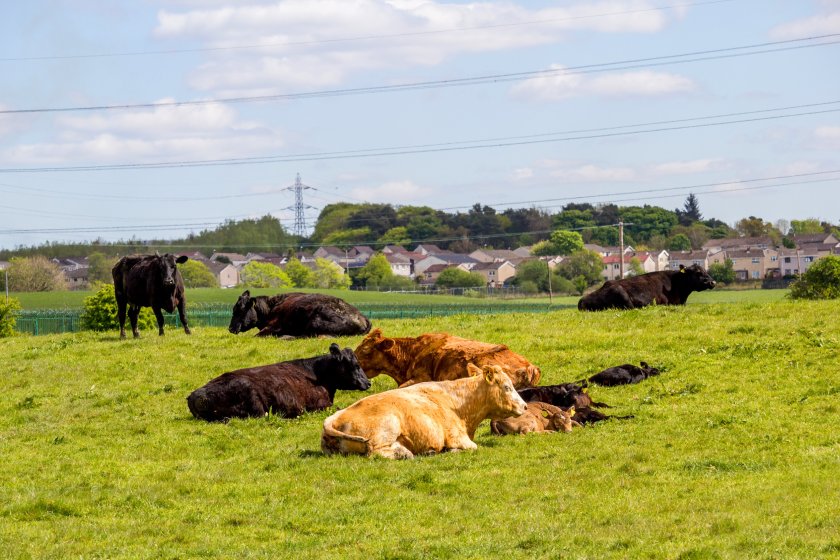
Scottish exports of red meat and offal have reached a new record high of over £93 million in the year from August 2022 to July 2023.
A new report shows that almost 95% of overall export revenues were generated in EU markets, climbing to 98% for Scotch Lamb.
While tight supply has made it hard to grow export sales to new customers, the results show some emergence of new markets in Africa and Asia.
Eleven non-EU countries were exported to, up from seven in the previous year.
Quality Meat Scotland (QMS) noted that Scottish exporters’ long-established relationships with European importers had a large part to play in the figures.
“These results buck any negative trends that could have crept in because of the additional cost and complexity involved in accessing the EU market following Brexit,” said Iain Macdonald, market intelligence manager at QMS.
"However, some of the growth did reflect higher export prices, while it was also a strong year for trade in manufacturing grade beef."
Main export destinations for Scotch beef remain France, Italy and the Netherlands, collectively accounting for nearly 75% of the total, with Belgium, Germany, Portugal and Hong Kong also proving important.
The Irish Republic is the primary destination for exported non-Scotch Beef and, when combined with shipments to the Netherlands and France, they accounted for close to 90% of this trade.
Elsewhere in Europe, Switzerland remains an important outlet for high-value cuts of beef and lamb.
“The exports of Scotch Beef to Belgium, France, Germany and Scandinavia trade at well-above average prices,” noted Mr Macdonald.
He added that some small volume markets were showing trade in high-value cuts of Scotch beef averaging well above £20/kg.
“This indicates the opportunity that exists for sales of premium cuts of Scotch Beef to buyers seeking out the highest quality beef in a competitive global market.”
Although EU demand for lamb remained firm in the year to July 2023, he warned export sales are likely to have been limited by reduced abattoir throughput in Scotland.
However, including trade in offal, lamb export revenues are still estimated to have risen towards £21 million.
Lamb exports are also believed to have accounted for an increased 17% share of abattoir turnover during the period, up from 15% in the previous year.
By comparison, beef sales are estimated to have risen to around 9.5% of turnover for abattoirs from 8% a year earlier.
France remains the most important overseas market for Scotch Lamb, with Belgium and Italy continuing as important destinations.
Sales of offal to overseas customers continue to make an important contribution to carcase balance for Scotland’s red meat processors.
Overall offal sales were estimated to have risen beyond £9m with close to 80% of this being from beef offal.
France leads the list of important outlets for offal, with other significant demands coming from the Irish Republic, Poland and Germany.
Hong Kong, Japan and Africa are the main outlets outside the EU.
